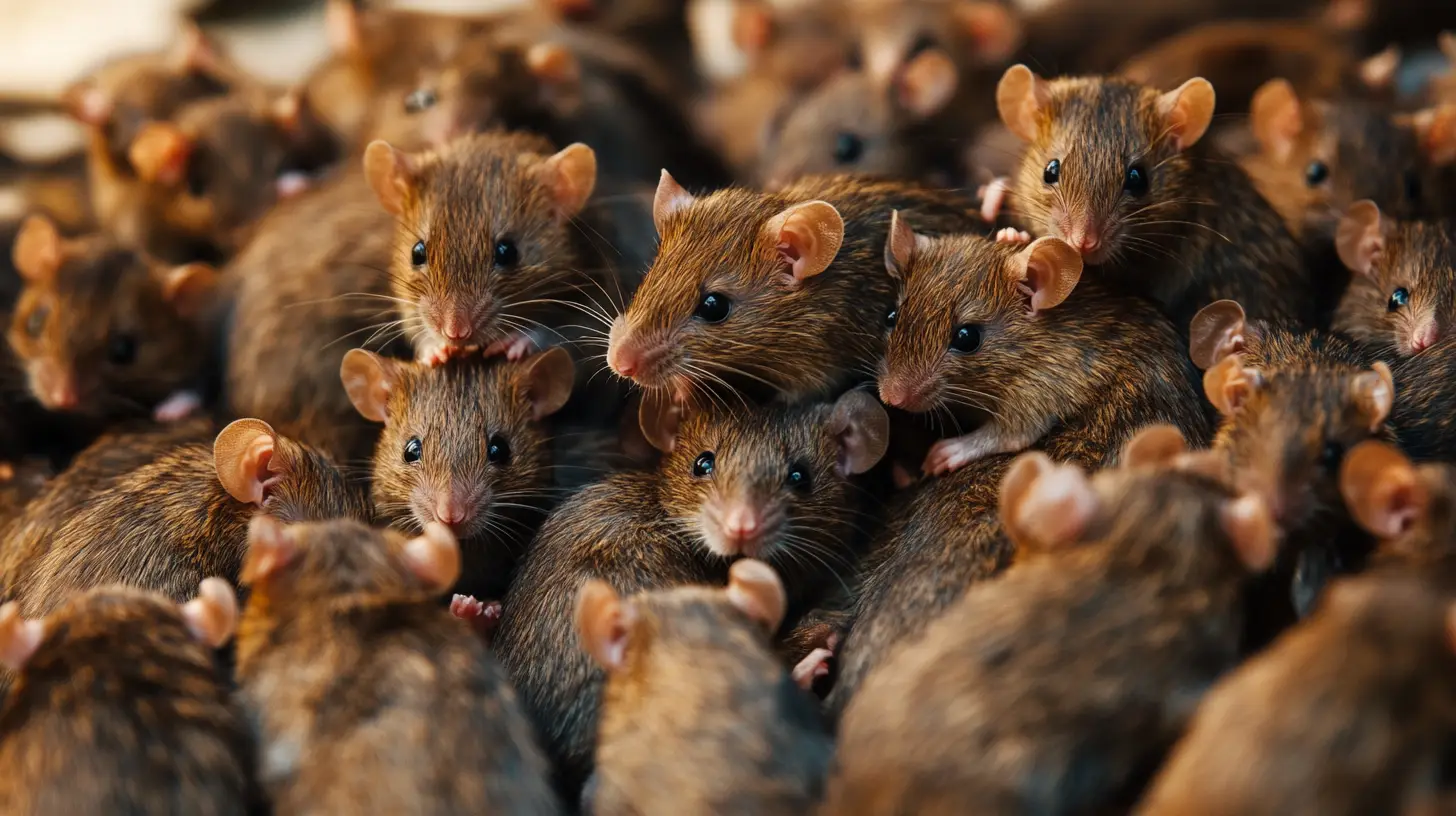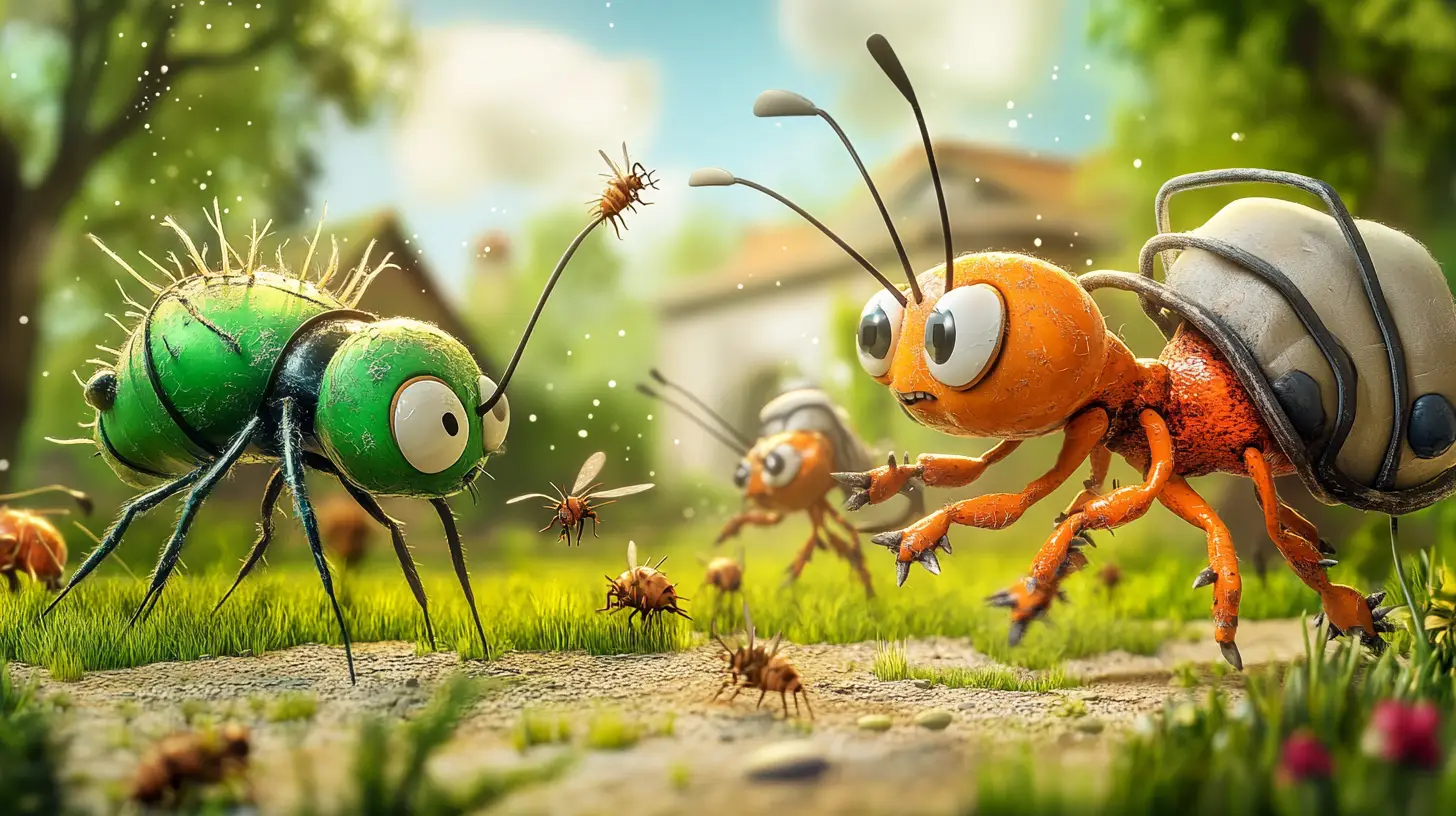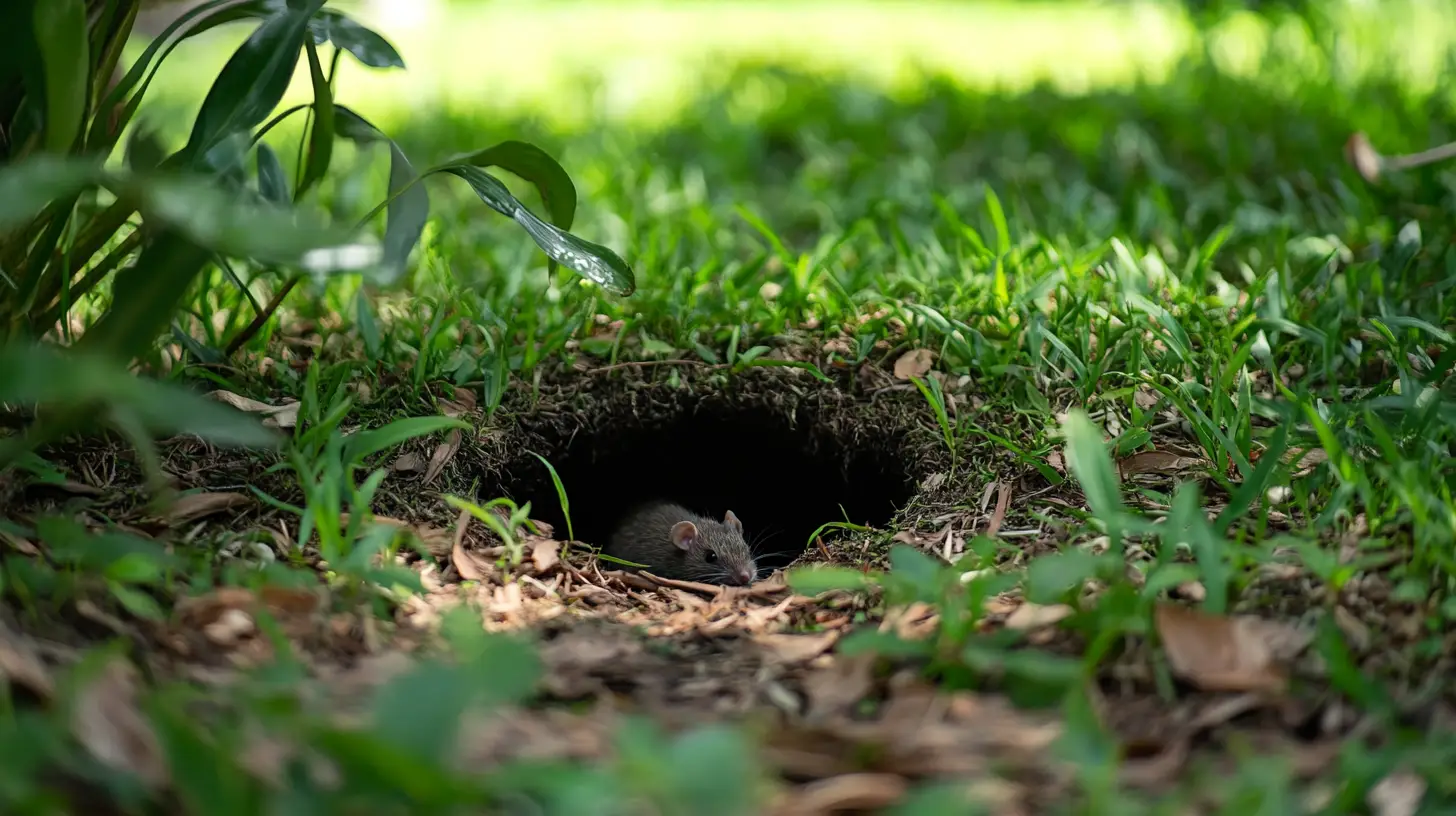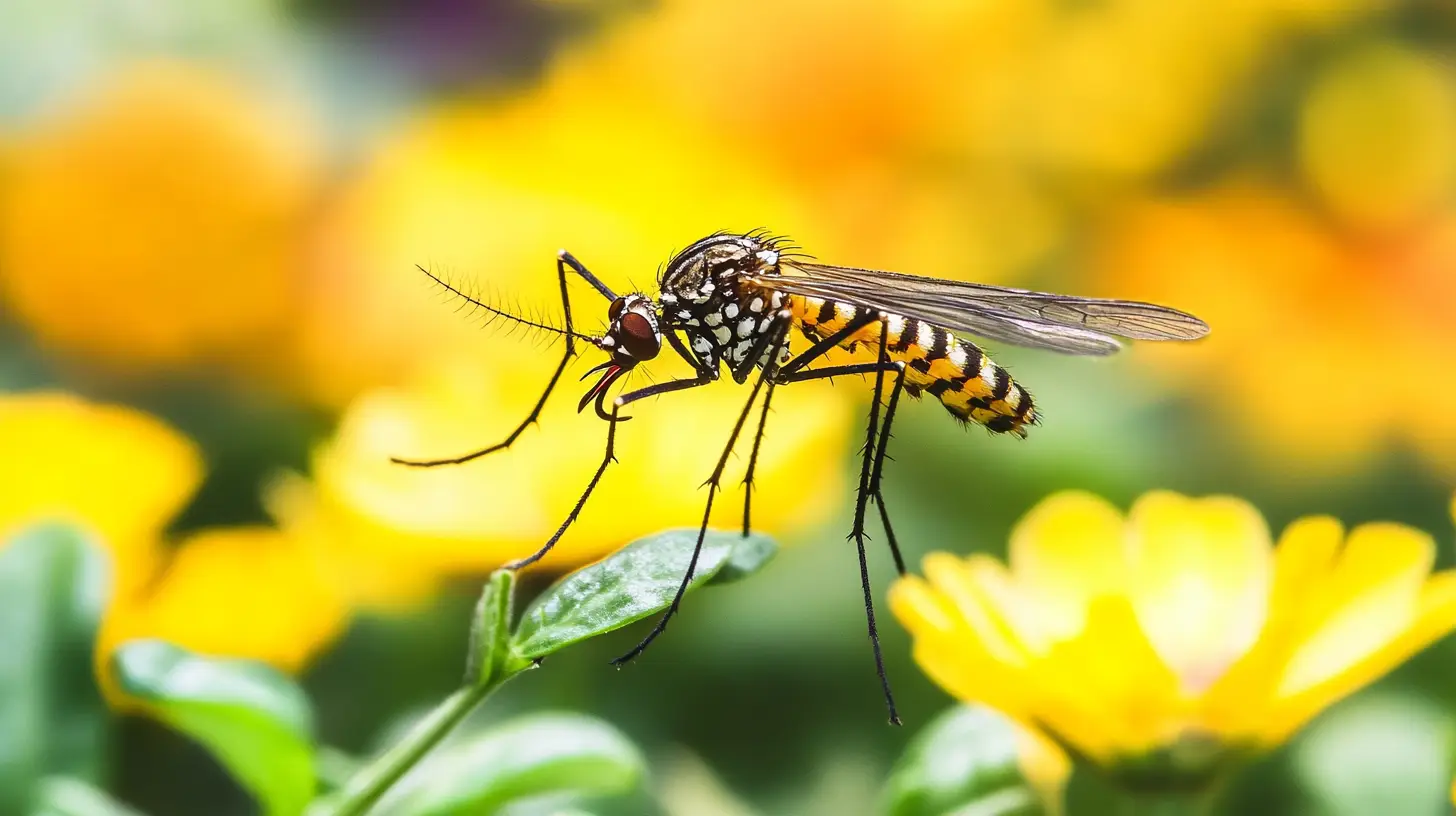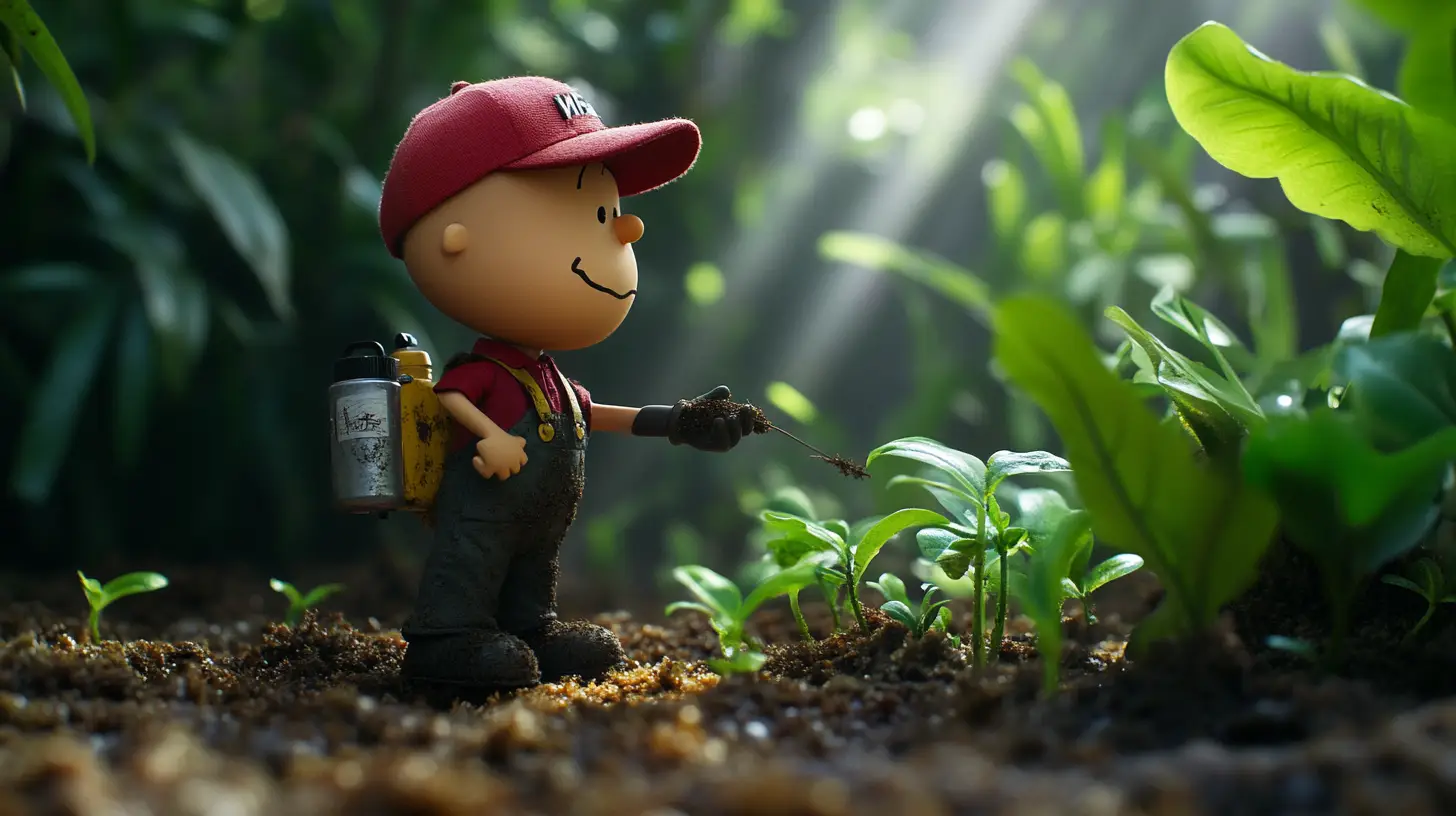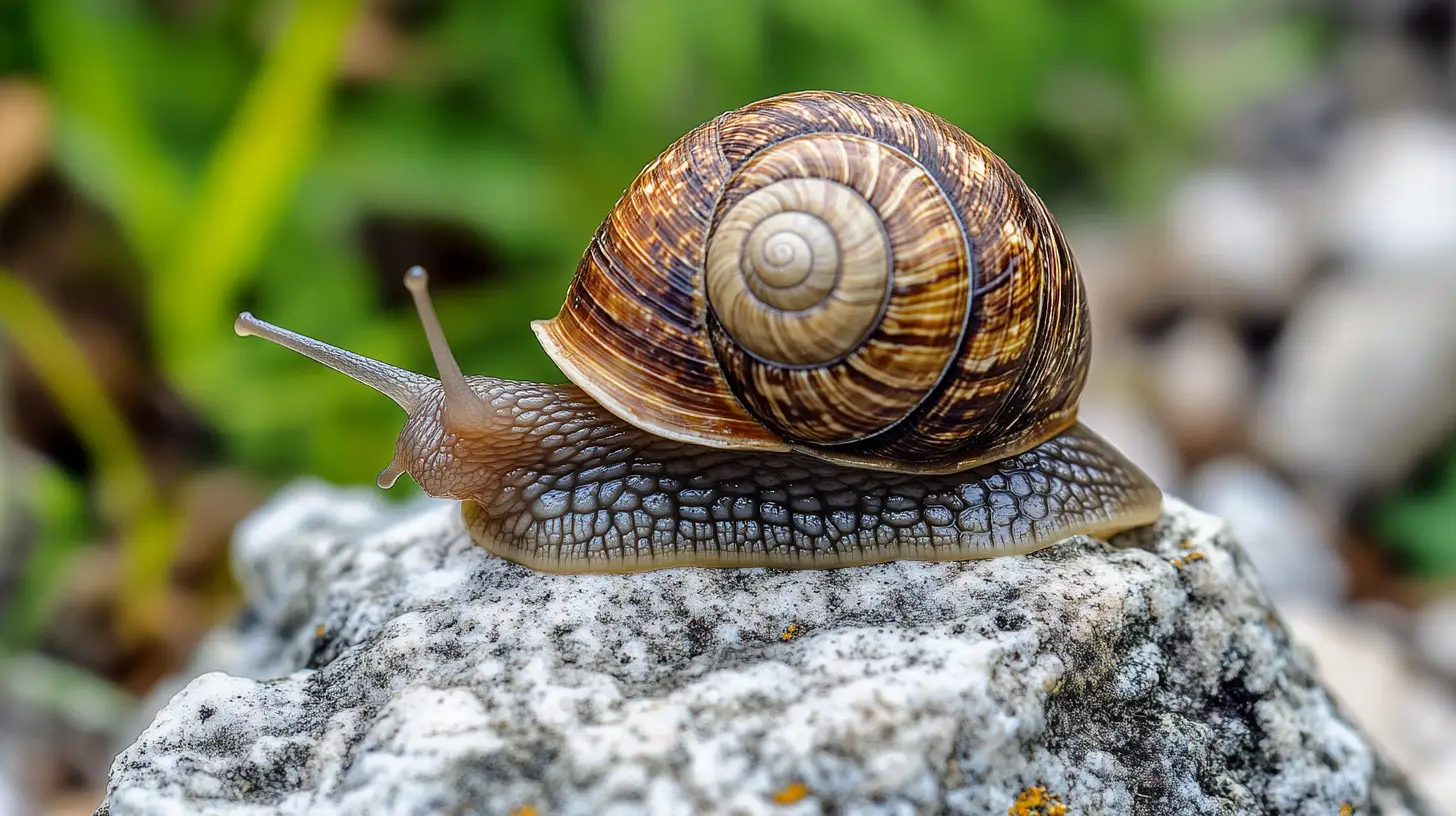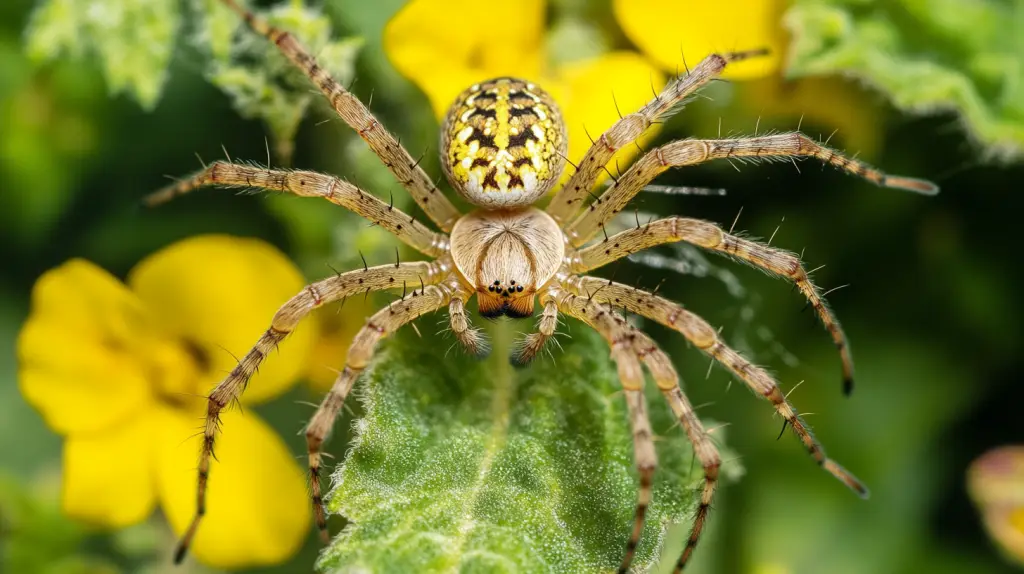
Table of Contents
When you think of spiders, you might picture webs dangling from the corners of your porch or those unsettling late-night scurries across your wall. But spiders are far more fascinating and complex than we often give them credit for.
These eight-legged creatures play vital roles in our environment, acting as natural pest controllers and boasting a diversity of behaviors that rival any nature documentary. Today, we’re taking a deep dive into the incredible world of spiders, focusing on what makes them so unique—and how to handle them when they get a little too close to home, especially here in Florida.
The Intriguing World of Spiders – Nature’s Fascinating Web Weavers
When you think of spiders, you might picture webs dangling from the corners of your porch or those unsettling late-night scurries across your wall. But spiders are far more fascinating and complex than we often give them credit for.
These eight-legged creatures play vital roles in our environment, acting as natural pest controllers and boasting a diversity of behaviors that rival any nature documentary. Today, we’re taking a deep dive into the incredible world of spiders, focusing on what makes them so unique—and how to handle them when they get a little too close to home, especially here in Florida.
Types of Spiders
House spiders are incredibly common in Lakewood Ranch. Though they aren’t the most troublesome pests you could encounter, they can still be an unwelcome nuisance. Fortunately, the majority of house spiders are harmless to humans. Understanding which spiders are likely to appear in your home can help you identify the harmless from the potentially dangerous. Here are some of the most common spiders you might encounter in your home:
Black Widow
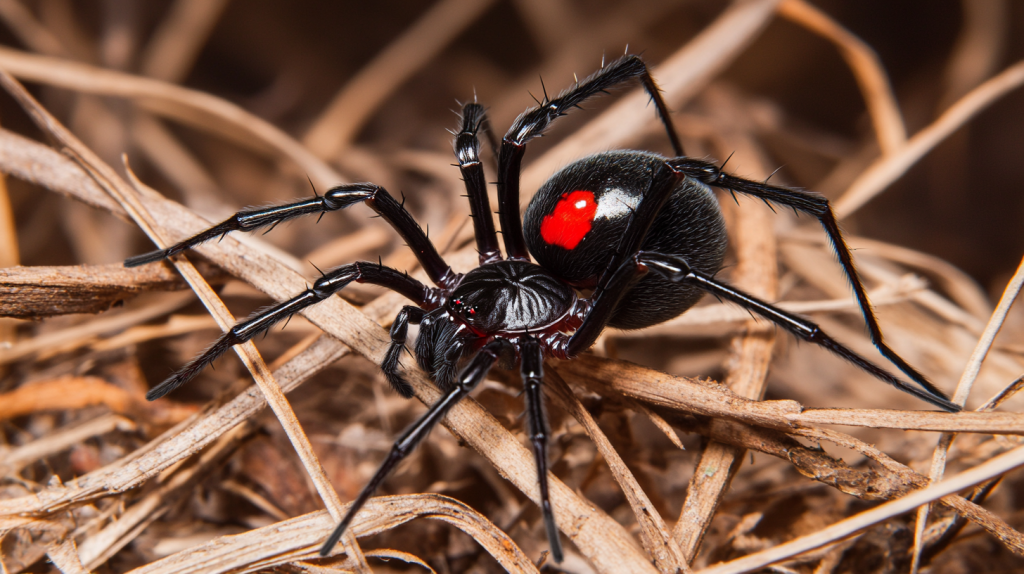
One of Florida’s most notorious spiders is the Black Widow, known for its distinctive black body and red hourglass marking. Female Black Widows are highly venomous, with venom 15 times stronger than that of a rattlesnake. If you see a Black Widow around your Lakewood Ranch property, it’s best to take it seriously and seek professional help.
American House Spider
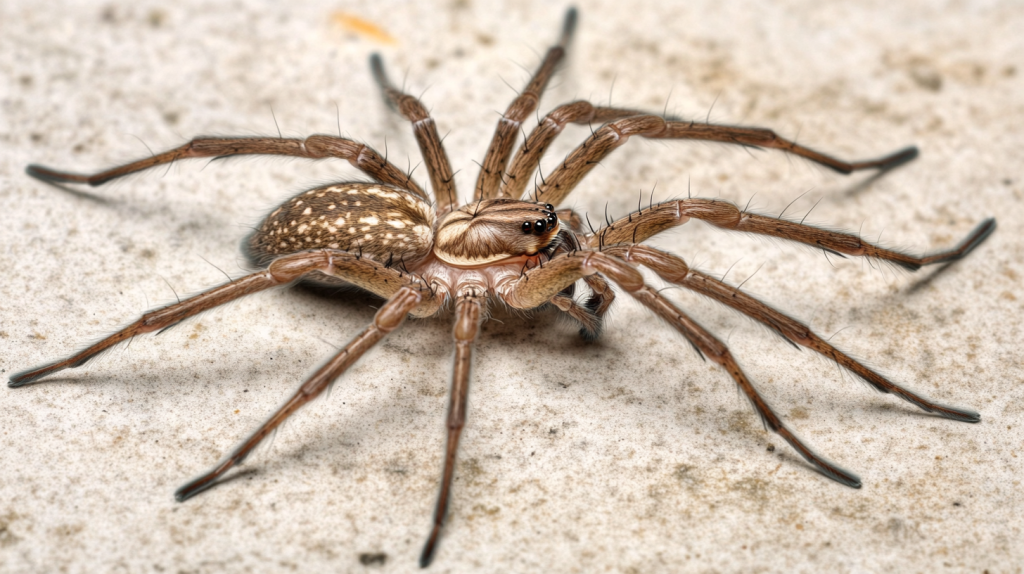
These spiders belong to the cobweb spider family and often build their messy, tangled webs in basements, closets, and dark corners. Typically brown, tan, or gray, American House Spiders are about the size of a nickel. If you notice untidy webs around your home, it’s likely one of these little critters. Fortunately, they pose no threat to humans or pets.
Brown Recluse
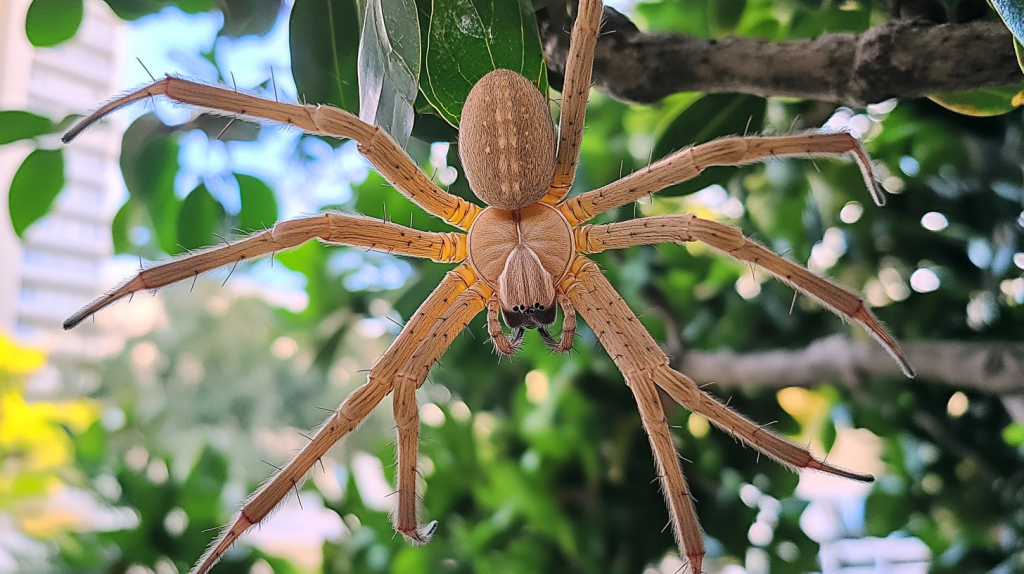
Brown Recluse spiders are less common but noteworthy because of their venom. Despite their name, they can be either brown or gray and are often found in dark spaces like basements, attics, or within walls. While many adults may not react to their bite, younger children can be more sensitive, experiencing symptoms like rashes, fever, or chills. If you suspect a Brown Recluse in your home, caution is key.
Sac Spiders
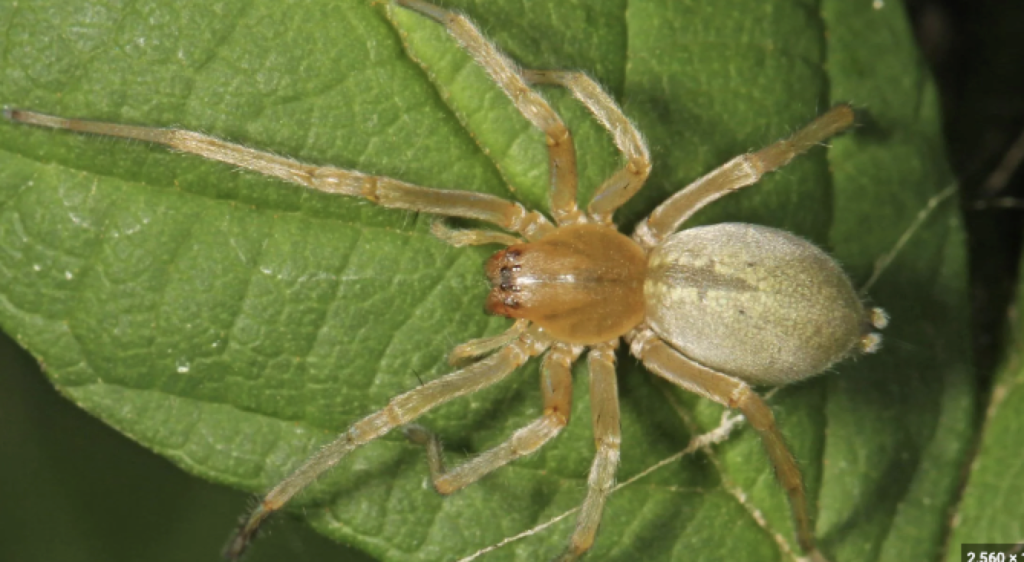
Unlike many other spiders, Sac Spiders don’t spin webs, making them harder to detect. These night-active spiders are light in color, often yellow or tan. The good news? They are harmless to people, even if their presence is hard to notice.
Jumping Spiders
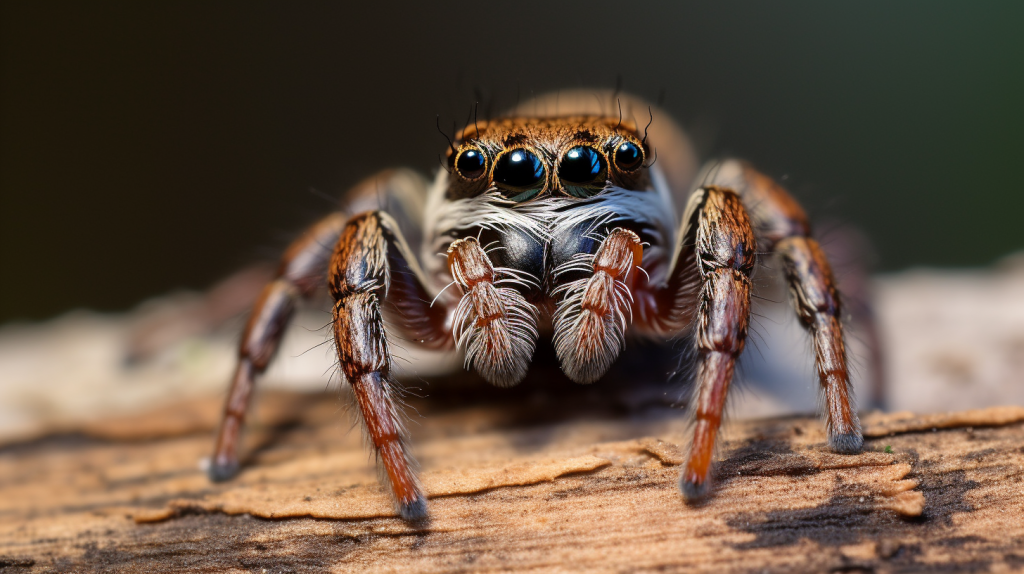
Jumping Spiders are easy to spot because, true to their name, they jump frequently. Drawn to light, you might see them near windows during the day. These tiny spiders come in a variety of shades—black, brown, tan, or gray. Their bites might sting a little, but they’re completely harmless.
Wolf Spiders
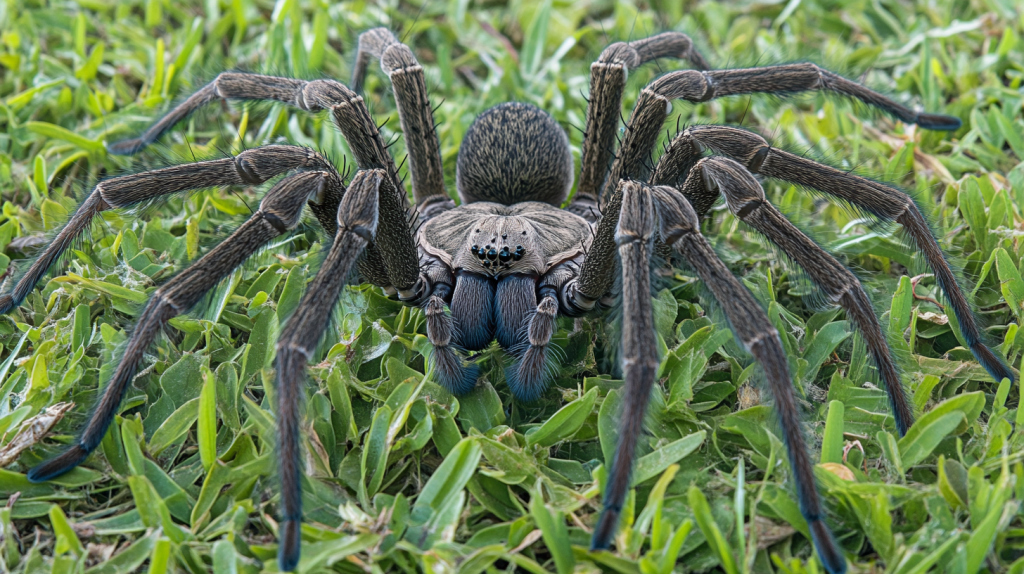
Wolf Spiders are common in Florida, including Lakewood Ranch. These hunters do not use webs but instead rely on their sharp eyesight to track down prey. They are beneficial in controlling other insects in your home. Wolf Spiders can grow quite large, sometimes exceeding an inch in length, and are typically black, brown, tan, or gray. Though intimidating in size, they pose no danger to humans.
Brown Widow
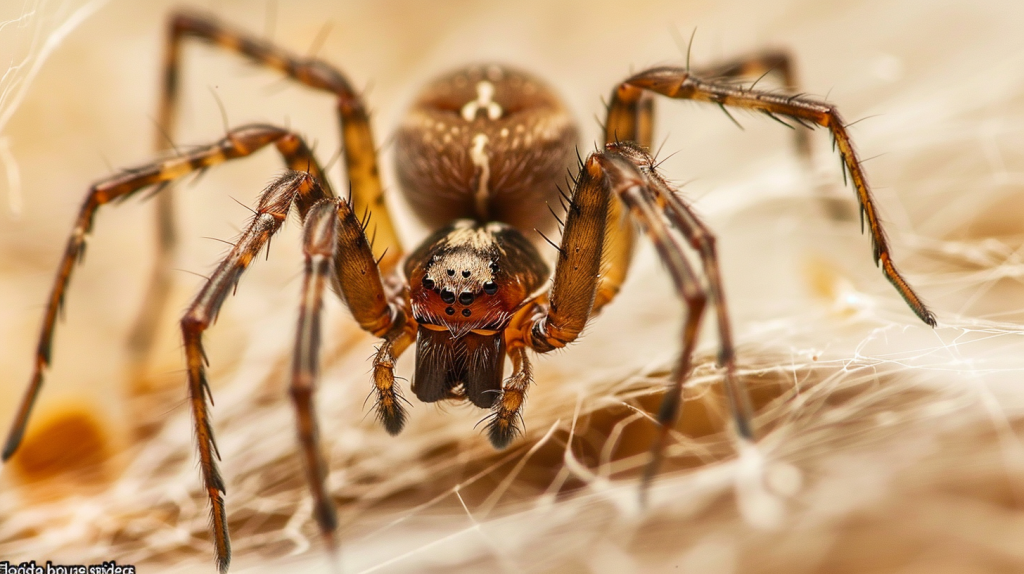
The Brown Widow Spider is also common in Florida. These spiders are smaller than their Black Widow counterparts, ranging in color from tan to black with yellow or orange hourglass markings. While their venom is potent, it’s less harmful due to their inability to inject as much venom as a Black Widow. Still, caution is warranted if you encounter one.
With so many types of spiders in Lakewood Ranch, it’s good to know which ones are harmless and which ones require a little more caution. If you’re dealing with a spider problem, taking quick action can help make your home feel safe and comfortable again.
If you’re facing a spider issue in Lakewood Ranch, Lakewood Ranch Pest Control is here to help. Our team understands both the importance of spiders in the ecosystem and the need to keep your living space comfortable and spider-free. With targeted spider control solutions, we make sure these eight-legged friends stay where they belong—out in nature, not inside your home.

